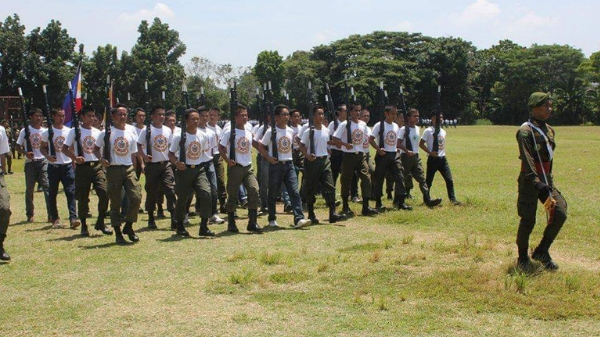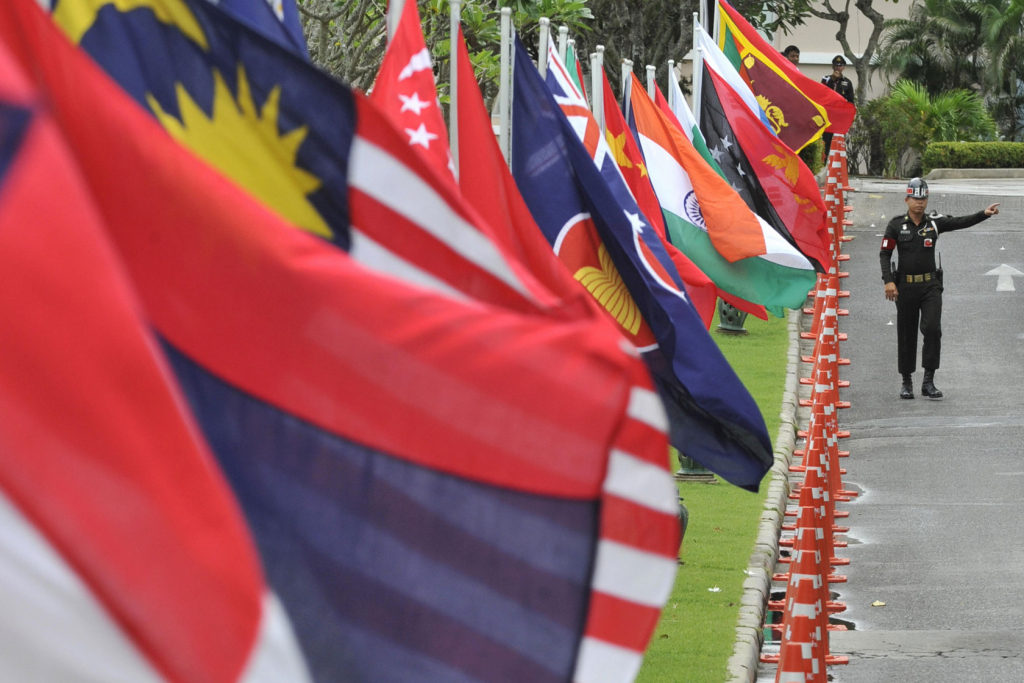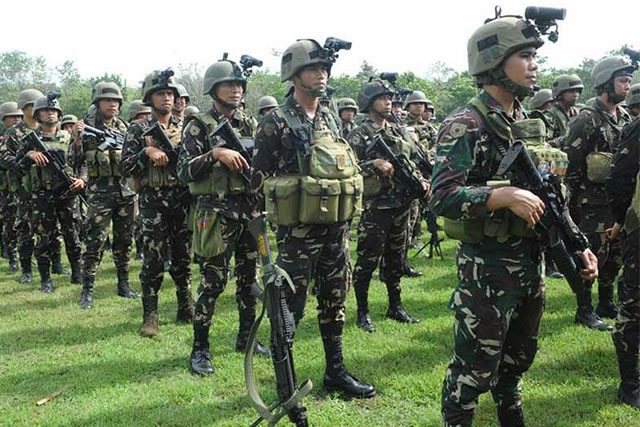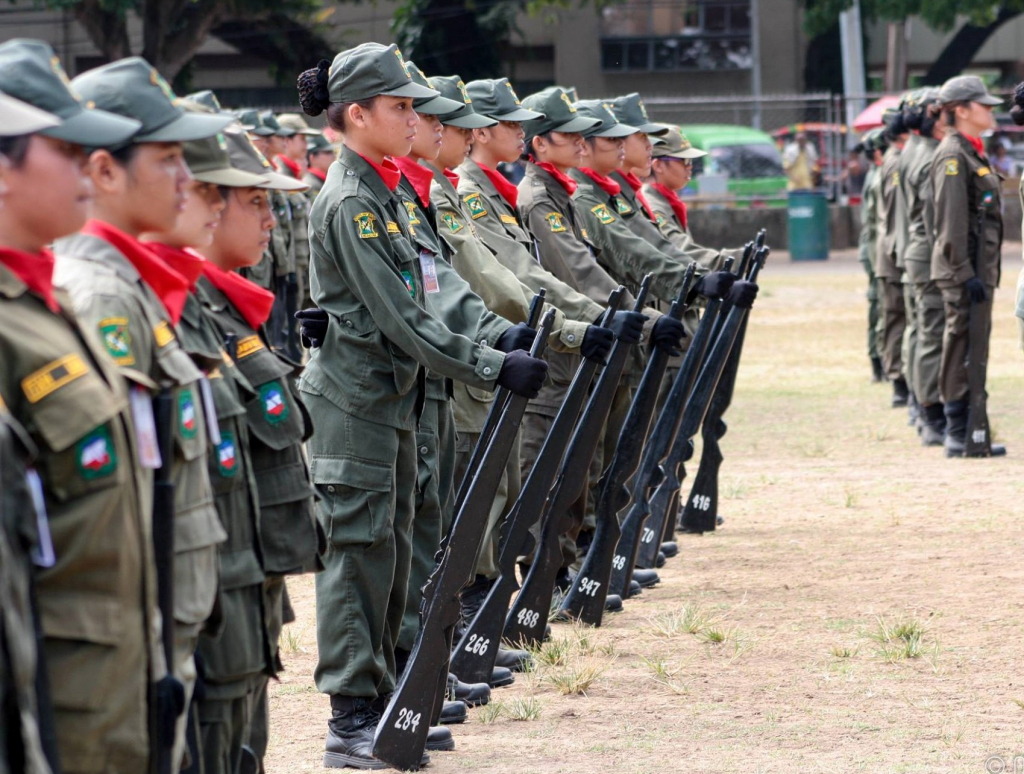
In January this year, presumptive Vice President “Inday” Sara Duterte said that if she gets elected as the next Vice President of the Republic of the Philippines, she will push for the mandatory rendering of military service for Filipinos above 18 years of age. The purpose of compulsory military service is to instill discipline and patriotism among Filipinos.
Requiring ROTC for senior high school students is up for debate. However, you might be wondering how our country’s security forces stand compared to those of other Southeast Asian nations. Here are some numbers regarding the strongest military forces in Southeast Asia in terms of manpower, according to globalfirepower.com.
Top 5 military forces in Southeast Asia

Indonesia
In the whole of Southeast Asia, Indonesia has the strongest military regarding overall units and manpower. It has no mandatory military service, and the nation does not have to impose this law because they already have 400,000 active soldiers and are not under war. Indonesia has no enforced conscription.
It will have the strongest military in Southeast Asia in 2022. Indonesia currently has 1.08 million total military personnel, consisting of 400,000 active soldiers, 400,000 reservists, and 280,000 paramilitary units. Around 4.6 million Indonesians reach military age annually, and 111 million of the total population are fit for military service.
Vietnam
The country of Vietnam has strong military power in Southeast Asia. Vietnam was the only military power that made the United States withdraw from war. Interestingly, Vietnam’s military force is that it has no reserve personnel. All Vietnamese troops are either on active duty or paramilitary. Vietnam has selective conscription.
The Vietnamese defenses have 510,000 total military personnel, and 470,000 of these are on active duty, while 40,000 are paramilitary units. Around 1.7 million Vietnamese are reaching military age annually, and approximately 43 million of the total population are fit for military service.
Thailand
The Royal Thai Armed Forces are the military forces of Thailand. According to the Military Service Act of 1954, all male citizens of Thailand aged 21 are obliged to serve in the military. High school students can enroll in ROTC training for three years.
In 2022, Thailand only has 456,000 total military personnel, and 350,000 of these are on active duty, 100,000 are reserve personnel, and 6,000 are paramilitary units. Around 1.1 million Thai are reaching military age annually, and 27 million of the total Thai population are fit for military service.
Myanmar
Before 2013, non-disabled persons aged 18 and above were required to render military service in Myanmar, and those who failed to report for service might get imprisoned. Like Vietnam, Myanmar has no reserved personnel because the country no longer mandates military service.
Burmese defenses have 450,000 total military personnel, and 400,000 of these are on active duty, while 50,000 are paramilitary units. Around 1 million Burmese are reaching military age annually, and approximately 21 million of the total population are fit for military service.
Singapore
Singapore is not that gifted when it comes to population. The total population of Singapore will be only 5.8 million in 2022. Some militaries in the world are more than half the population of Singapore. Singaporeans 18 years of age and above are mandated to render almost two years of service in the police, civil defense, or armed forces.
The Singaporean armed forces have 270,000 military troops, and 60,000 of these are active personnel while 200,000 are reservists. Around 65,000 Singaporeans reach military age annually, and about 2.5 million of the total population are fit for military service.
Philippine Defensive Units

The Philippines has a weird position on this list. Among all Southeast Asian nations, The Philippines placed 7th as the most powerful armed forces in the region regarding manpower, land forces, naval forces, and airpower. The Philippines might not have the best land, air, or naval forces, but its manpower is like no other.
The Philippine armed forces have 280,000 total military forces, 130,000 while 100,000 are reserved personnel and 50,000 are paramilitary units. Around 1.9 million Filipinos reach military age annually, and about 39.1 million Filipinos are fit for military service.
The Philippine population in 2022 will be around 110 million. However, less than one percent of the total population is either reservists or active military personnel. About 28% of the total population is fit for military service. When utilized correctly, The Philippines can be as powerful as Indonesia when it comes to manpower.
Mandatory military service might push these numbers. However, one of the Philippine government’s efforts to increase these numbers is to increase salaries for officers in the Philippines’ Philippine National Police and Armed Forces.
History of the ROTC in the Philippines

The first official Reserve Officers’ Training Corps (ROTC) unit was established in 1922 at the University of the Philippines. In 1935, President Manuel Quezon implemented the National Defense Act of 1935 that made ROTC mandatory at all tertiary educational institutions.
President Ferdinand Marcos made ROTC obligatory in colleges and universities, with more than 250 male students during the Marcos regime. President Marcos also issued the National Service Law that made national service obligatory for all Filipinos. And in 1991, the Citizens Armed Forces of the Philippine Reservist Act.
This law trains and utilizes those who graduated the ROTC and refer to them as citizen soldiers. In 2001, Mark Nelson Chua, an ROTC cadet of the University of Sto. Tomas was found lifeless after reporting the alleged corruption of their ROTC unit. This led to the abolition of ROTC as a required prerequisite for college students.
Should mandatory ROTC be brought back?
The return of mandatory ROTC is up for debate. There are several factors to consider when requiring ROTC as a pre-requisite for students. Some of these factors include reforms in the ROTC, potential threats to Philippine sovereignty that might require such service, and if the students are comfortable rendering mandatory military training.
The Armed Forces of the Philippines have to improve equipment and personnel to acquire more militarized power against external threats. Now that a new administration is approaching, we will all witness how they will improve the military capabilities of the Philippines.
Live in the Safest Places in the Philippines
Own a home in Philippines’ Safest Places



